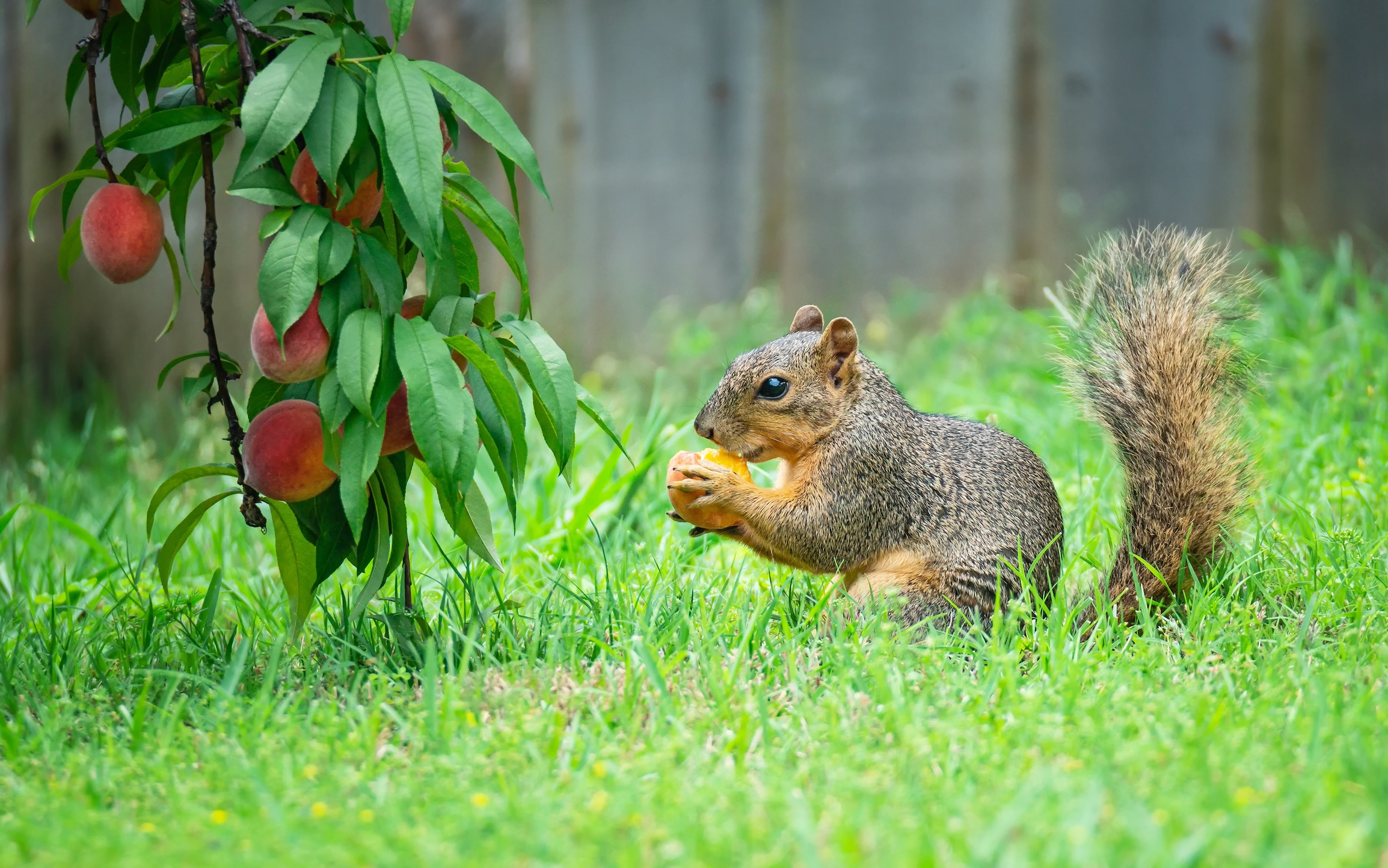Keeping Insects and Rodents Out of Your Garden
When you put as much time as you do into gardening, you'll want to keep annoying pests away so you don't lose all the hard work you've put your time into. Check out this helpful guide to learn everything you need to know when it comes to keeping insects and rodents out of your precious plants in the garden.

After you've invested hours of hard work getting your garden planted, you'll want to ensure you're the only one enjoying your vegetables. Insects and rodents love gardens too, but there are steps you can take to minimize the damage these critters create.
Insects
The first step in managing insects is the proper identification of the offenders. There are many beneficial insects in every garden, so you'll want to know exactly what kind of insects to control, and which to leave alone. Look for online resources that can help you identify pests, but if you find one you can't identify, take it to your local county extension office. To locate the office click on your state on the map at the US Department of Agriculture website.
Beneficial insects will eat many of the damaging pests in your garden. Helpful insects include ladybugs, ground beetles, assassin bugs and praying mantis. Spiders will also devour many plant-damaging bugs.
Predatory wasps sting and paralyze their prey, while parasitic wasps help control caterpillar populations by laying eggs inside their bodies, from which wasp larva develop to kill the host. Plants that are healthy and well maintained resist insect damage better than those that are stressed, so be sure to fertilize and water regularly. Keeping your garden clean and free of debris will also discourage pests.
Most home gardens are small enough so that damaging bugs can be detected and controlled with methods other than pesticides. Floating row covers are made of flexible and translucent material that allows sunlight and water to penetrate. They will keep out damaging insects during the high activity periods of their growth cycle.
The use of barriers around the base of tomatoes and other plants will control cutworms and other crawlers. Aluminum foil, when used as mulch, will keep aphids at bay. Apply a row of heavy-duty foil and weigh it down between rows. Yellow bowls filled with soapy water attract insects like aphids, luring them away from plants and into a watery death. Larger pests like beetles and hornworms can be hand-removed and dropped into a bucket of hot, soapy water and discarded. Slugs and snails thrive in dark, damp corners of the garden. They love beer, so sinking a jar cap full of beer at ground level will lure them in every evening. Empty the cap in the morning and repeat as needed.
Delicate young plants can be protected by the use of a "cloche”. Cut the top portion off a large, clear soda bottle (high enough to cover your plant), and place if firmly around your seedlings to keep out crawling bugs and hungry animals.
Rodent Control
What gardener hasn't engaged in a battle over tender young plantings with Mrs. Cottontail and her brood? However, you don't always have to fight these battles. There are many ways to discourage rabbits and other rodents from destroying your garden.
Protective Barriers
Fences are often the most effective way to keep animals out. For burrowers such as moles and gophers, sinking a barrier 2 feet deep or more will block their access. Above the ground, fences three feet high will keep out groundhogs and rabbits. Hammer metal stakes at equal distances around the garden. Note: Be sure to call 811 before digging to stake out underground utilities.
For rabbit control, dig a few inches deep around the perimeter. Dig down a few feet more for moles. Wrap fencing around garden, into the ground, then secure the fencing onto the stake. Back-fill the excavated area. Mound soil around all sides and cover with gravel.
Raccoons can (and do) climb over lower fences, but a 5-foot high fence will deter them. Squirrels love to munch new leaf growth, berries and bulbs. Netting over seedlings will discourage them.
Many rodents and small animals may be captured with live traps and removed from the area. It is important check to see if your town has an animal control officer to relocate the animals, or contact your county extension office for advice. Avoid killing animals since many of them are protected by local or federal laws. Injured animals can pose a danger to you and your family. Poisoning some animals is often illegal, and not advised.
You can also make your yard inhospitable to nuisance animals so they won't want to hang around. Discourage hiding places by removing wood, brush piles and other debris. Daffodil bulbs planted around your garden are distasteful to gophers and moles, and help keep them away. Squirrels will avoid eating spring bulbs if daffodils are interspersed among the tulips and others.
Tree guards and wraps help protect young trees from bark-eating rodents in winter. Cylinders made of 1/4-inch hardware wire should extend an inch or two out from the trunk and be higher than the expected snow depth. Moles rarely eat plants, but they do eat seeds, and leave tunnels in the yard. These tunnels can kill the grass above, and are sometimes used by ground squirrels and mice. Dogs and cats can be effective at keeping pests away, but only when they are present at the same time as your garden's visitors.
Repellents
You may want to consider a natural repellent to deter small animals. This pleasant-smelling formulation prevents foraging and burrowing, and lasts up to 30 days. A product such as Liquid Fence may be applied near your garden and help keep pests away. This is long-lasting and available in liquid or granular form.












